Skip Bin for Soil Loading and Unloading Tips
Loading and unloading skip bin for soil might seem easy, but doing it right can save you time and energy and keep you safe. Whether you’re a homeowner doing yard work or a contractor removing soil, these tips can make the process smoother and more efficient.
1. Choose the Right Size Skip Bin
Select a skip bin size that suits the soil volume you need to dispose of. Overloading a skip bin can be hazardous and may incur additional fees, so estimating your soil quantity accurately is essential.
- Estimate Soil Volume: Start by determining how much soil you must remove. Measure how long, comprehensive, and deep the soil area is. Multiply these numbers to know how much soil you have, either in cubic meters (if you like metric) or cubic yards (if you prefer feet and inches).
- Consider Soil Density: Different kinds of soil weigh different amounts. For instance, clay soil is heavier than topsoil. Knowing what type of soil you have helps you determine how much it weighs and how much space it takes up.
- Refer to Skip Bin Size Charts: Most skip bin hire for soil companies provide size charts indicating their skip bins’ dimensions and capacity (in cubic meters or cubic yards). Refer to these charts for a skip bin size that comfortably accommodates your estimated soil volume.
- Avoid Overloading: Putting too much soil in a skip bin is dangerous and can cost you extra money. If you’re not sure how much soil you have, it’s smarter to pick a slightly bigger bin instead of cramming it into a smaller bin and risking problems.
- Consult with Professionals: If you need more certainty about estimating soil volume or choosing the correct skip bin size, feel free to consult with professionals from skip bin hire services. You can use our bin calculator to know how many bins you need.
2. Prepare the Site
Before the skip bin arrives, make sure the area where it will go is clear and flat. Remove anything that might get in the way of putting stuff in or taking things out of the bin. A flat surface is best for putting the bin safely.
- Clearance: Remove obstacles hindering loading/unloading.
- Flat Surface: Level the ground for stable skip bin placement.
- Space: Allow ample room around the bin for access.
- Safety: Check weight-bearing capacity and follow regulations.
3. Layer Soil Evenly
When putting soil in the skip bin, spread it out evenly. This helps use the space better and makes it safer when the bin is moved. Do not pile it up evenly, as that can be dangerous during transport.
4. Compact Soil, if Necessary
If allowed and safe, press down on the soil to make it more compact in the bin. This way, you can fit more soil in without wasting space. But be careful not to put too much weight in the bin, or it might break.
5. Secure the Skip Bin for Soil
After filling the skip bin, ensure it’s tightly closed or covered to stop the soil from falling out while it moves. Follow the instructions from the skip bin rental company to keep everything safe during transport.
6. Communicate with Skip Bin Hire Services
Talking well with the skip bin rental company is essential for removing soil without problems. Here are important things to talk about:
- Soil Type: Specify the soil type being disposed of (e.g., clay or topsoil), which may impact disposal methods or recycling options.
- Quantity: Provide accurate soil volume estimates to deliver the skip bin of the correct size.
- Loading Restrictions: Inquire about any loading guidelines or restrictions, such as weight limits or prohibited materials.
- Special Requirements: Discuss any special requirements, such as access limitations or specific delivery instructions for the skip bin.
- Environmental Compliance: Ensure compliance with local environmental regulations for soil disposal to avoid penalties or ecological impact issues.
- Flexible Scheduling: Coordinate pickup and replacement of skip bins as needed, especially for larger projects requiring multiple bin loads.
By maintaining open communication and clarifying these details with the skip bin hire services, you can ensure efficient and compliant soil disposal while meeting project needs effectively.
7. Dispose of Soil Responsibly
Ensure the soil you throw away follows the rules and is environmentally safe. Don’t mix dirty soil with clean soil. As the local authorities say, follow the proper steps to remove the soil. Working with a skip bin rental company and being responsible for throwing away soil helps keep things legal, protects the environment, and keeps things sustainable.
Loading and unloading soil into skip bins well needs planning, the right tools, and following safety rules. Following these tips makes the process smoother, safer, and better for the environment, whether for home or work projects. Choose the right bin size, safely prepare the site, and compact soil. Consult with professionals like Take Away Bins for expert guidance.
Not sure about what size skip Bin you need? Click here for our Skip Bin Calculator.
Skip Bins Hire Brisbane Call us today on 1300 736 979
Copyright © 2017 Take Away Bins | All rights reserved. | Terms & Conditions | Privacy Policy
Website Design and Development by RingIT.com.au
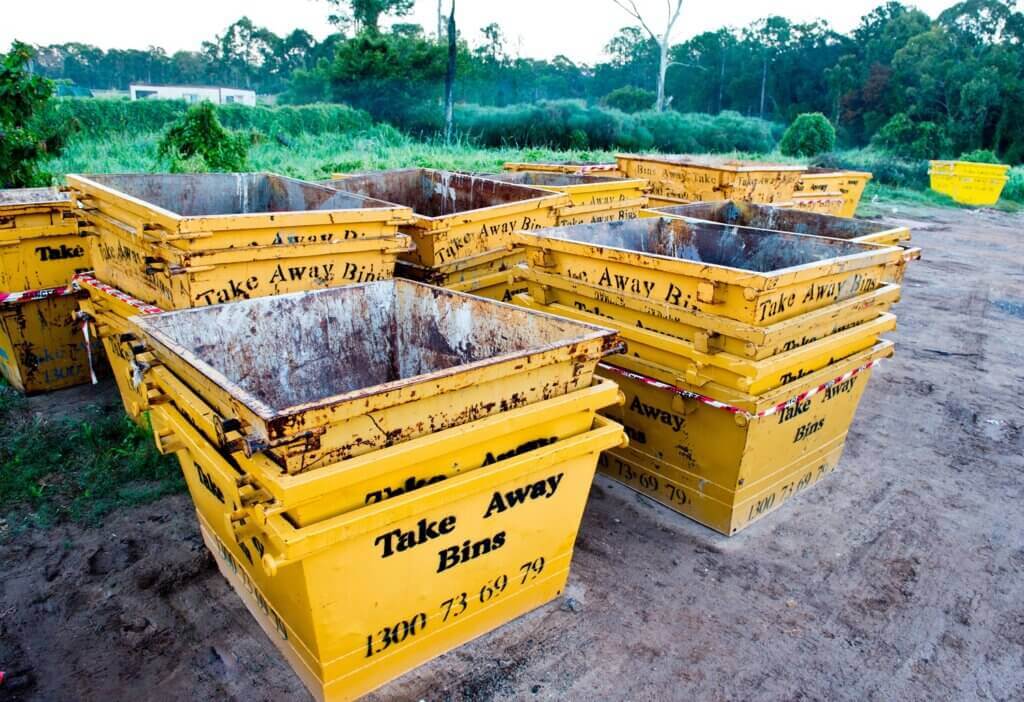
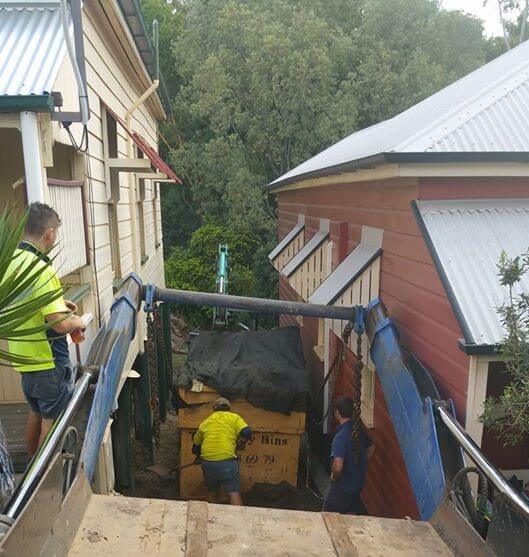




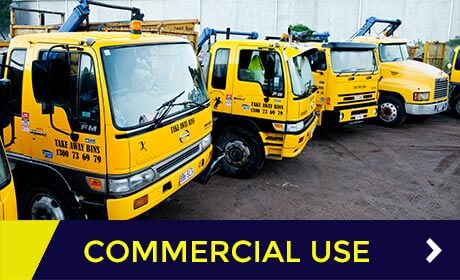
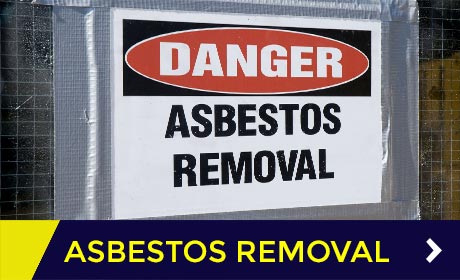

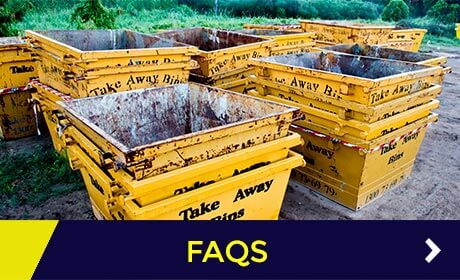

0 Comments